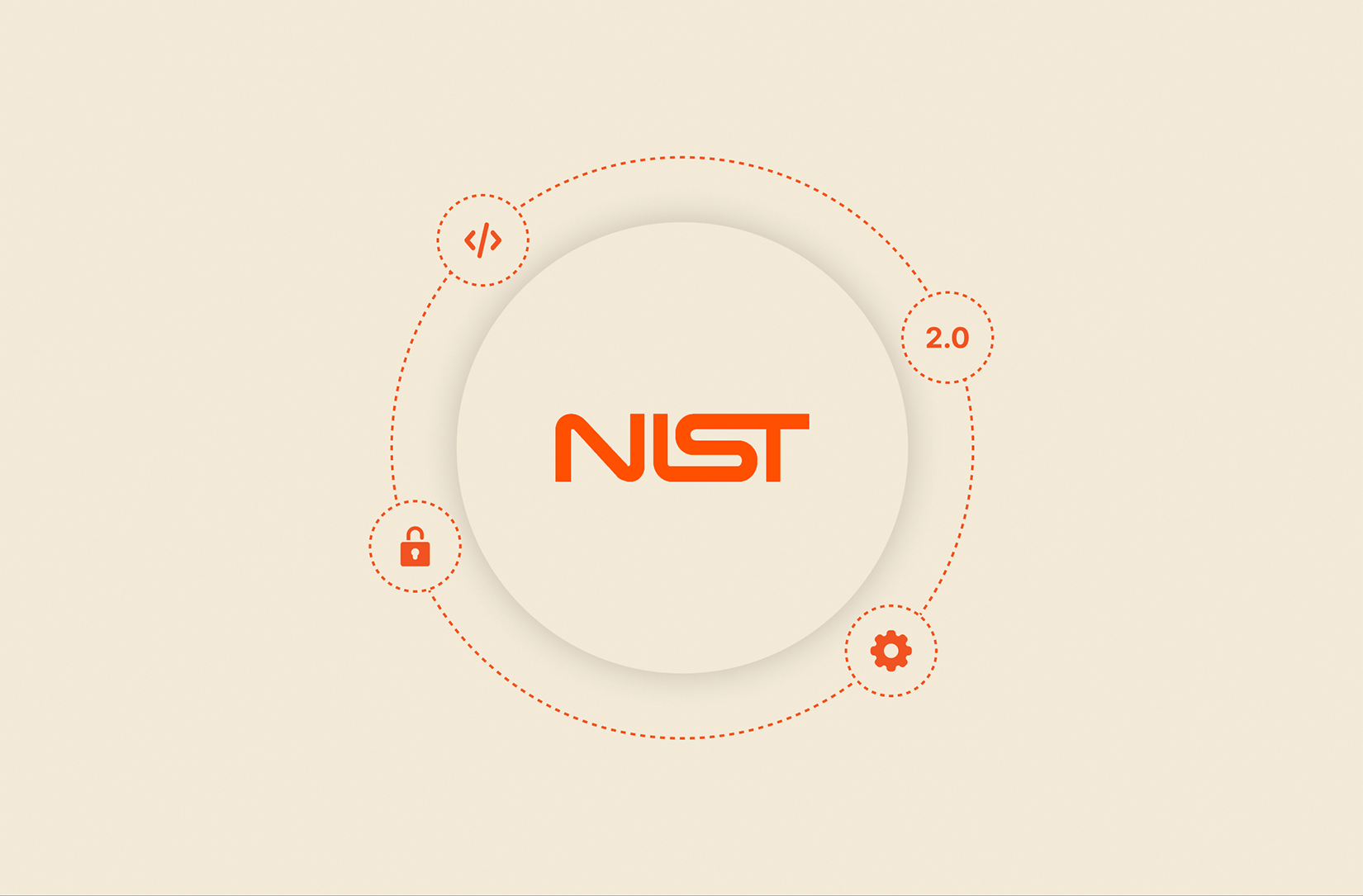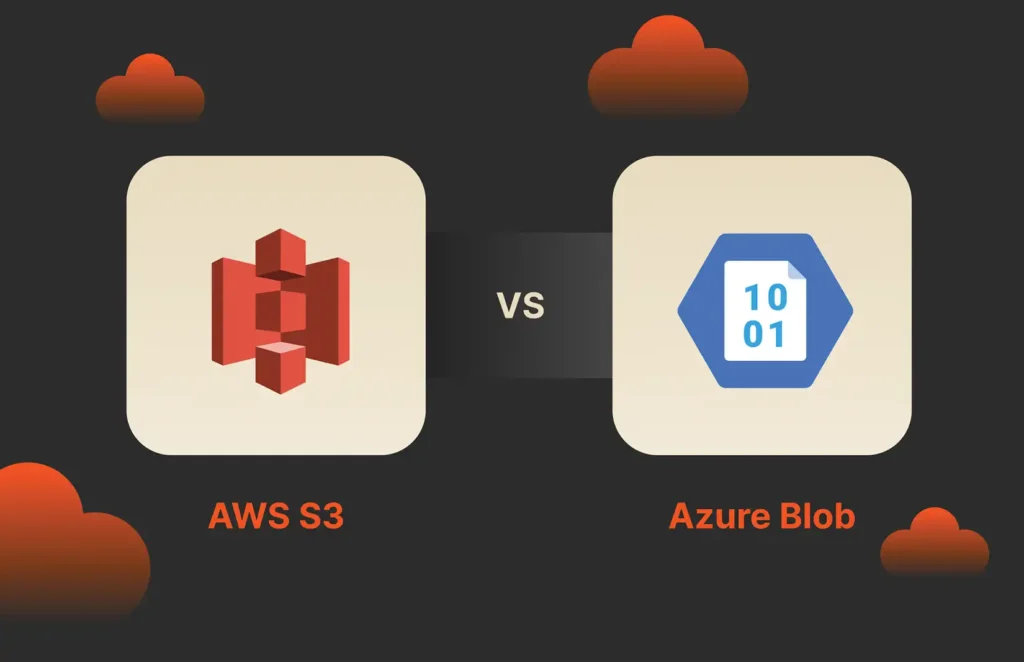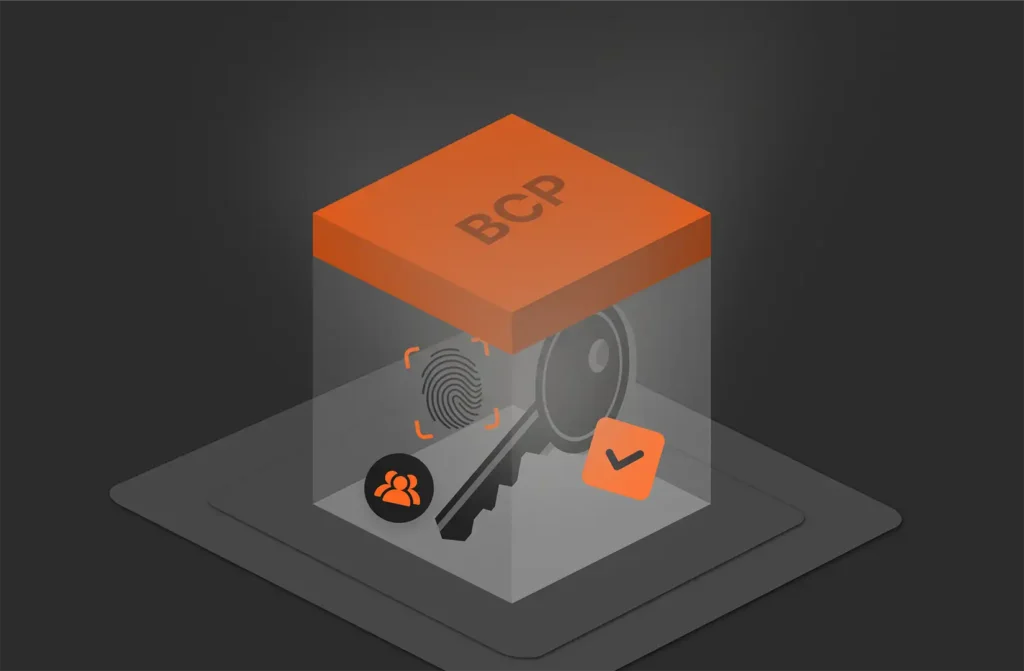Summary
NIST CSF 2.0 is an updated version of the National Institute of Standards and Technology (NIST) Cybersecurity Framework originally released in 2014. NIST CSF2.0 emphasizes a more proactive and comprehensive approach to cybersecurity with enhanced guidelines and controls.
A recent Pure Storage survey found that 69% of organizations consider recovering from a cyber event to be fundamentally different from recovering from a “traditional” outage or disaster.
In an era of increasingly sophisticated cyber threats and destructive data breaches, companies must adopt robust cybersecurity frameworks to cost-effectively protect their data. First released in 2014, the National Institute of Standards and Technology (NIST) Cybersecurity Framework (CSF) provides guidelines that help organizations do just that, although only for organizations considered to be part of “critical infrastructure.”
NIST CSF 2.0 builds on the original framework, integrating lessons learned from years of real-world application and recent technological advancements. The updated version emphasizes a more proactive and comprehensive approach to cybersecurity, focusing on emerging threats and the evolving landscape of cyber warfare and expanding beyond critical infrastructure companies.
The implications of NIST CSF 2.0 for your data storage are real: If you’re not using only the most flexible, secure, and affordable data storage, you’ll likely be out of compliance. In short, you need a resilient architecture that lets you recover quickly.
Read on to learn what NIST CSF 2.0 entails, why it’s important, and what it means for your data storage.
What Is NIST CSF 2.0?
NIST CSF 2.0 provides a fresh focus on enhancing data protection mechanisms.
Key changes include:
- Extension of its applicability beyond critical infrastructure sectors. The revised framework is designed to benefit and apply to all types of organizations, regardless of size or industry.
- A new “Govern” function that elevates the core objectives of accountability and transparency and emphasizes integrating cybersecurity into overall enterprise risk management rather than treating it as a stand-alone concern.
- A stronger emphasis on supply chain cybersecurity risks, introducing new controls to integrate supply chain risk management throughout an organization’s cybersecurity program to secure the entire ecosystem of partners, vendors, and service providers.
- The addition of privacy risk management, acknowledging that data protection extends beyond just keeping hackers at bay.
- Specific guidelines for securing IoT devices, which are often less protected yet highly interconnected.
- Better alignment with international standards such as ISO/IEC 27001, making it easier for global organizations to adopt and comply with the framework.
The 6 Key Components of NIST CSF 2.0
NIST CSF 2.0 is structured around six core functions consistent with the original framework but with enhanced guidelines and controls and the addition of the “Govern” function:
1. Identify
Develop an organizational understanding of how to manage cybersecurity risks in systems, people, assets, data, and capabilities, including identifying vulnerabilities and threats around critical business processes and key assets.
2. Protect
Implement safeguards to ensure critical service delivery and limitation or containment of the impact of potential cybersecurity incidents. This includes areas like identity management, access control, data security, and protective technology.
3. Detect
Implement measures to identify the occurrence of cybersecurity incidents in a timely manner, including continuous monitoring and threat detection.
4. Respond
Take immediate action when a new cybersecurity incident is detected. This includes incident response planning, analysis, mitigation, and communication.
5. Recover
Plan for resilience and timely restoration of capabilities or services that were impaired due to a cybersecurity incident.
6. Govern (New)
Establish cybersecurity risk management strategy, policies, and oversight, including defining roles and responsibilities and integrating cybersecurity into enterprise risk management.
Why NIST CSF 2.0 Matters
1. Overall Security Posture
NIST CSF 2.0 provides a comprehensive, flexible, and cost-effective approach to managing cybersecurity risk. By following its guidelines, organizations can enhance their security posture, better safeguarding their sensitive data from breaches and unauthorized access.
2. Compliance
Many industries are subject to strict regulatory requirements concerning data protection. NIST CSF 2.0 helps organizations ensure compliance with regulations such as HIPAA, GDPR, and CCPA, thereby avoiding costly fines and reputational damage.
3. Proactive Risk Management
The updated framework encourages a proactive approach to risk management. By identifying potential vulnerabilities and threats before they can be exploited, organizations can implement preventive measures, reducing the likelihood of a successful cyberattack.
4. Improved Incident Response and Recovery
With detailed guidelines for responding to and recovering from cybersecurity incidents, NIST CSF 2.0 equips organizations to handle breaches more effectively, minimizing downtime and data loss while preserving customer trust.
How to Get Your Data Storage Ready for NIST CSF 2.0
Evaluating your data storage solutions against NIST CSF 2.0 standards is essential to ensure that your organization’s data protection strategies are up to date and effective.
Essentially, the appearance of NIST CSF 2.0 means taking data storage as seriously as ever, which means you need it to be as secure, flexible, efficient, and cost-effective as possible.
Here are some steps to help you assess whether your data storage meets NIST CSF 2.0 requirements:
1. Risk Assessment
Start by conducting a thorough risk assessment to identify potential vulnerabilities in your data storage systems. This involves evaluating hardware, software, and network infrastructure for weaknesses that could be exploited by cybercriminals.
- Asset inventory: Create a comprehensive list of all data assets, including sensitive data, and understand where they’re stored and processed.
- Threat analysis: Identify potential threats and vulnerabilities that could impact data storage, such as unauthorized access, data corruption, or physical damage.
- Impact analysis: Evaluate the potential impact of data breaches on business operations and reputation.
2. Data Encryption
Encryption is a fundamental aspect of data protection under NIST CSF 2.0. Ensure that all sensitive data, both at rest and in transit, is encrypted using industry-standard protocols.
- Data-at-rest encryption: Use AES-256 or higher encryption standards to protect stored data on servers, databases, and storage devices.
- Data-in-transit encryption: Implement Transport Layer Security (TLS) to secure data as it travels across networks.
3. Access Control and Authentication
Strengthen access controls and authentication mechanisms to prevent unauthorized access to your data storage systems.
- Role-based access control (RBAC): Implement RBAC to ensure that users have access only to the data necessary for their roles.
- Multi-factor authentication (MFA): Deploy MFA for accessing critical systems, adding an extra layer of security beyond traditional passwords.
4. Audits and Monitoring
Continuous monitoring and regular audits are crucial for detecting and responding to potential threats in real time.
- Security information and event management (SIEM): Implement SIEM solutions to monitor data storage systems for unusual activity and potential security incidents.
- Regular audits: Conduct periodic audits to verify compliance with NIST CSF 2.0 standards and identify areas for improvement.
5. Incident Response
Prepare for potential cybersecurity incidents by developing a comprehensive incident response plan that outlines procedures for detection, containment, eradication, and recovery.
- Response team: Establish a dedicated incident response team responsible for handling cybersecurity incidents.
- Communication plan: Create a communication strategy to inform stakeholders about incidents and the steps taken to mitigate them.
6. Training and Awareness Programs
Ensure that employees are aware of cybersecurity best practices and their role in protecting data.
- Security awareness training: Conduct regular training sessions to educate employees about phishing, social engineering, and other cybersecurity threats.
- Incident reporting: Encourage employees to report suspicious activities or potential security breaches promptly.
7. Evaluate Third-party Vendor Security
Assess the cybersecurity practices of third-party vendors and partners who have access to your data storage systems.
- Vendor risk assessment: Evaluate the security measures implemented by vendors to protect your data.
- Contractual obligations: Include cybersecurity requirements and responsibilities in vendor contracts.

Cyber Resilience, Pure and Simple
Fortify your data and guarantee uninterrupted business operations.
The Pure Storage Advantage for NIST CSF 2.0
NIST CSF 2.0 represents a significant advancement in cybersecurity standards, offering organizations a robust framework to enhance their data protection strategies. By understanding its components and evaluating your data storage solutions against its guidelines, you can ensure that your organization is well-equipped to tackle modern cybersecurity challenges.
Implementing NIST CSF 2.0 is not just about compliance; it’s about building a resilient cybersecurity infrastructure that can adapt to evolving threats and protect the integrity, confidentiality, and availability of your data.
The Pure Storage platform was designed to help organizations do exactly that. Our snapshot-based fast data restore and backups relieve IT leaders of the headaches and worries that come with downtime, including compliance-based concerns.
Pure Storage delivers integration points that address all of the NIST CSF 2.0 cybersecurity framework vectors:
Figure 1: Pure Storage’s path to a robust security ecosystem.
Learn more about how Pure Storage helps you build a resilient architecture.
Be Ready
Learn more about how Pure Storage helps you build a resilient architecture.
![]()






